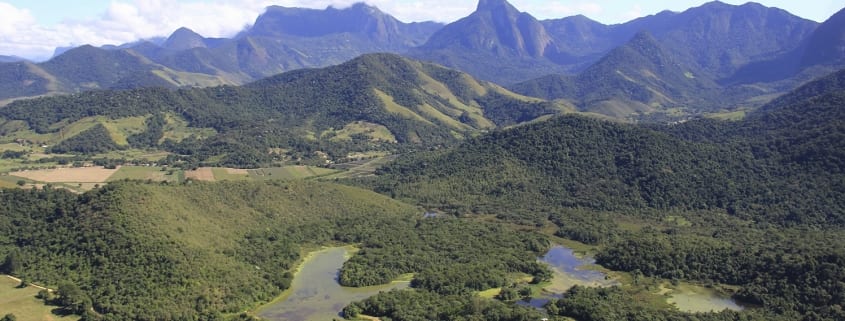Reserve Expansions are Integral Habitat Builders
When protected areas are strategically expanded, more optimal habitat becomes available for threatened species. Knowing that threatened species are already residing in the original protected area significantly strengthens the likelihood that they will also find suitable habitat in expanded areas. Also, expansions frequently result in linkages between previously established, but not connected, reserves and protected areas. These linkages can be tremendous assets for threatened species, as they provide protective corridors where the fauna can move freely.
Another significant benefit from strategic expansions comes in the face of climate change. As global average temperatures increase and changes to the planet’s water cycle disrupt traditional precipitation patterns, habitats, biomes and ecosystems have the potential to change drastically. Climate change will cause shifts in species distributions worldwide, threatening their viability due to range reductions and altering their representation in current protected areas. Biodiversity hotspots might be particularly vulnerable to climate change because they hold large numbers of species with small ranges which could contract even further as species track their optimal habitat, according to a 2012 paper published by Stony Brook University researchers with Rainforest Trust CEO Dr. Paul Salaman. Therefore, when a protected area is expanded, not just in acreage but also in attitudinal range or climatic variability, it helps prolong the period over which the protected area will continue to provide vital habitat.
“Particularly in Latin America, where most of our protected area projects involve land purchase, it is frequently the case that it’s simply not possible to buy all the land one would like to all at once because it would be prohibitively expensive and/or because the properties are not all available for sale,” Dr. George Wallace, Rainforest Trust Chief Conservation Officer, said.
“More often reserves have to be build gradually over time to achieve our objectives of developing protected areas that are large enough to protect viable populations of threatened species into the future.”
These are the reasons Rainforest Trust and its local partners strive just as hard for protected area expansions as for new protected areas. A perfect example is the REGUA Reserve in the Brazilian Atlantic Forest near Rio de Janeiro. Rainforest Trust has been supporting Brazilian partner Reserva Ecologica de Guapiaçu (REGUA) for over a decade to purchase and protect this severely threatened rainforest.
Originally spanning over 500,000 square miles, less than 10 percent of the Atlantic Forest remains. By strategically purchasing rainforest acres in Brazil’s Guapiaçu Valley, Rainforest Trust’s partner has created a secure 22,860-acre reserve that provides critical protection for some of the Atlantic Forest’s most threatened wildlife, including 60 mammal species such as Pumas, Ocelots, Jaguarundis, Three-toed Sloths and South America’s largest and rarest primate, the Endangered Southern Muriqui. However, as development pressures from Rio expand into the valley, the integrity of the local ecosystem faces mounting challenges.
Rainforest Trust’s most recent efforts have resulted in the purchase of eight strategic parcels that combine for 747 acres. These purchases are part of a larger strategic plan to expand the reserve throughout the entire Guapiaçu Valley and reconnect forest fragments, creating essential wildlife corridors.
Rainforest Trust would like to thank the Michael W. Louis Charitable Trust and the Brazilian Atlantic Rainforest Trust for their multi-year support of our work with REGUA in Brazil. Gifts to projects are eligible for the SAVES Challenge Match and support our conservation work 100%.




